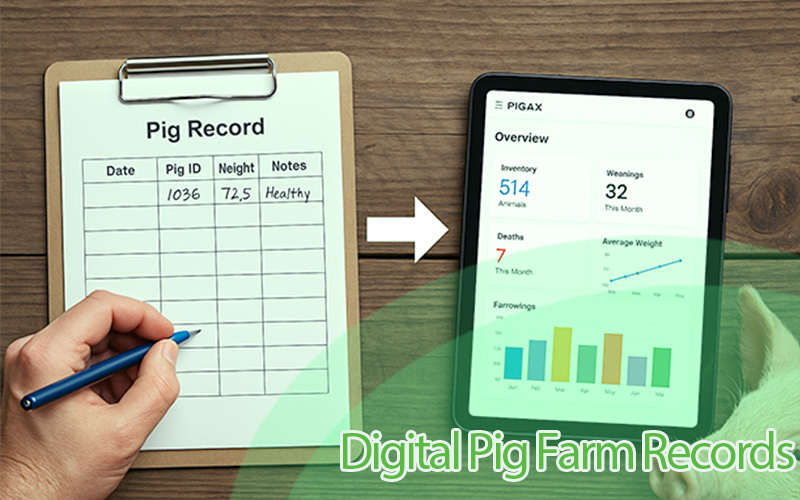Colestrum: Key to piglet survivability
Ensuring piglets get an adequate amount of colostrum is the first best thing a pig farmer can do for them immediately after birth. It is in fact key to their survivability. Most professional farmers call it “the liquid gold” because of its value to pigs' health.
Colostrum is the ‘first milk’ that is secreted from the udder immediately after farrowing and within several hours its composition changes to that representing sow milk. Colostrum is critical for the development of the piglets’ immune system and optimum lifetime performance. It is, therefore, important to maximize colostrum intake in the first six hours after birth
What is in Colostrum? (composition)
Colostrum is full of immunoglobulins, or antibodies, to protect newborn pigs from disease in early life. Unlike humans who get about 95% of their immunity from the placenta before they are born, pigs get this 95% from colostrum. The protein content in the colostrum is higher in the udder than at any other time. Piglets should receive at least 500 milliliters of colostrum within the first 24 hours of life, and a total of 1 liter within the first 48 hours. Larger piglets may require more colostrum, while smaller piglets may need less.
When to give colostrum? (Timing)
Colostrum intake must take place within the first 24 hours after birth when the sow's production of colostrum is at its greatest and the piglet's ability to absorb it at its best. At birth, a piglet’s gut is quite leaky so will easily allow large molecules such as antibodies to be absorbed and pass directly into the bloodstream and all around the body. The gut remains leaky for 24 hours which is the estimated window for intake of colostrum then starts closing rapidly after six hours, so it is essential to get plenty of colostrum before that process begins.
Note also that the gut is also leaky to pathogens, this means that it is important to get colostrum into the pig’s system before them. This way there is immunity to fight the pathogens.
Benefits of colostrum
- Energy: A newborn pig has only enough energy to maintain body temperature for up to 30 minutes before it goes into negative energy. It will require intervention in order to keep living. Colostrum is higher in energy than normal sow milk. It is vital the newborn pig gets the shot of energy colostrum gives within the first few minutes of being born.
- Immunity: Colostrum also provides the piglets with passive immunity, mainly in the form of immunoglobulin G (IgG). It also contains growth factors, such as IGF-1 and EGF, which are important for the development and maturation of the gastrointestinal tract of the piglet.
- Growth and development: Pigs that consume more colostrum at birth survive better, even beyond weaning and all the way to market. They have much higher increased growth rates, and the females are more productive, they also have more piglets born alive, and they have a younger age of puberty. Colostrum plays an important role in the developmental processes of the growing pig.
Piglets' role in colostrum intake
Usually, the piglets have to make the move of sickling by themselves. This means they must be energetic enough to compete for a nipple and start suckling. Farmers must ensure that pregnant sows are well-fed to increase piglet birth weight and vitality at birth so that they can have the energy to get enough colostrum.




